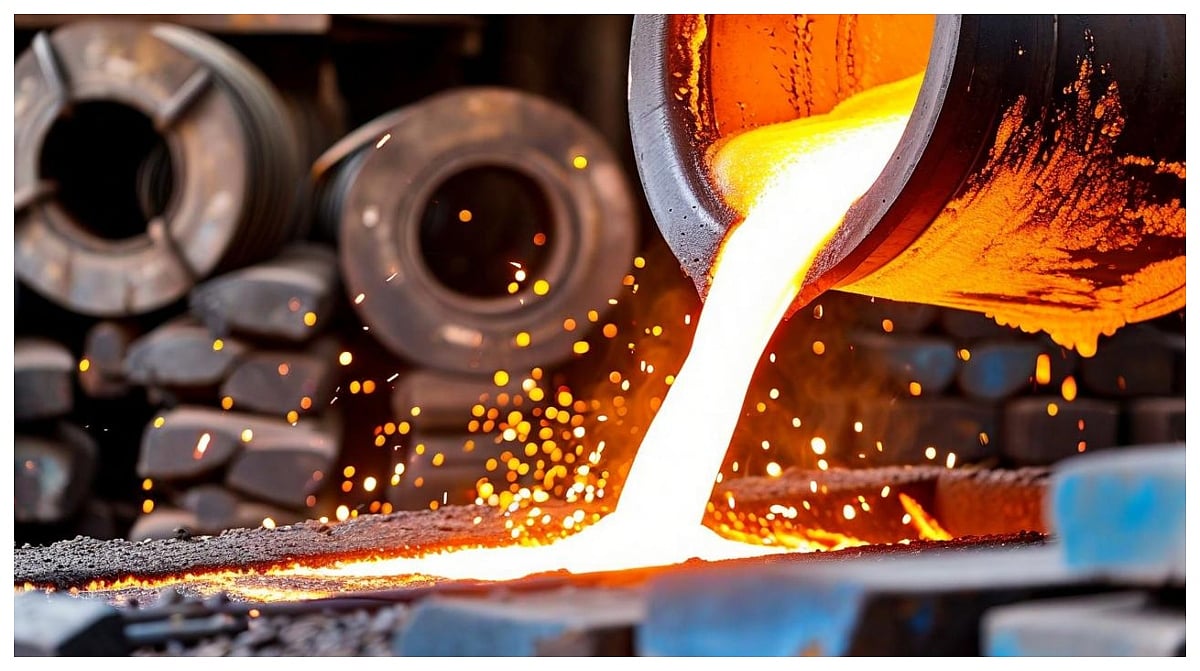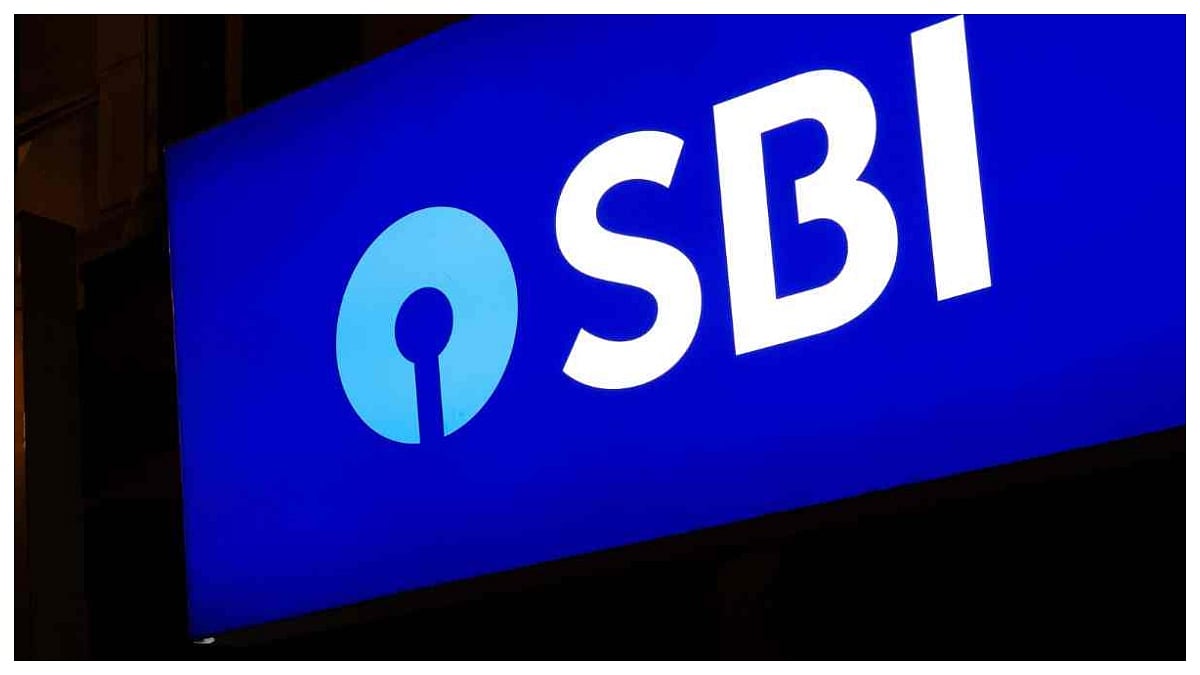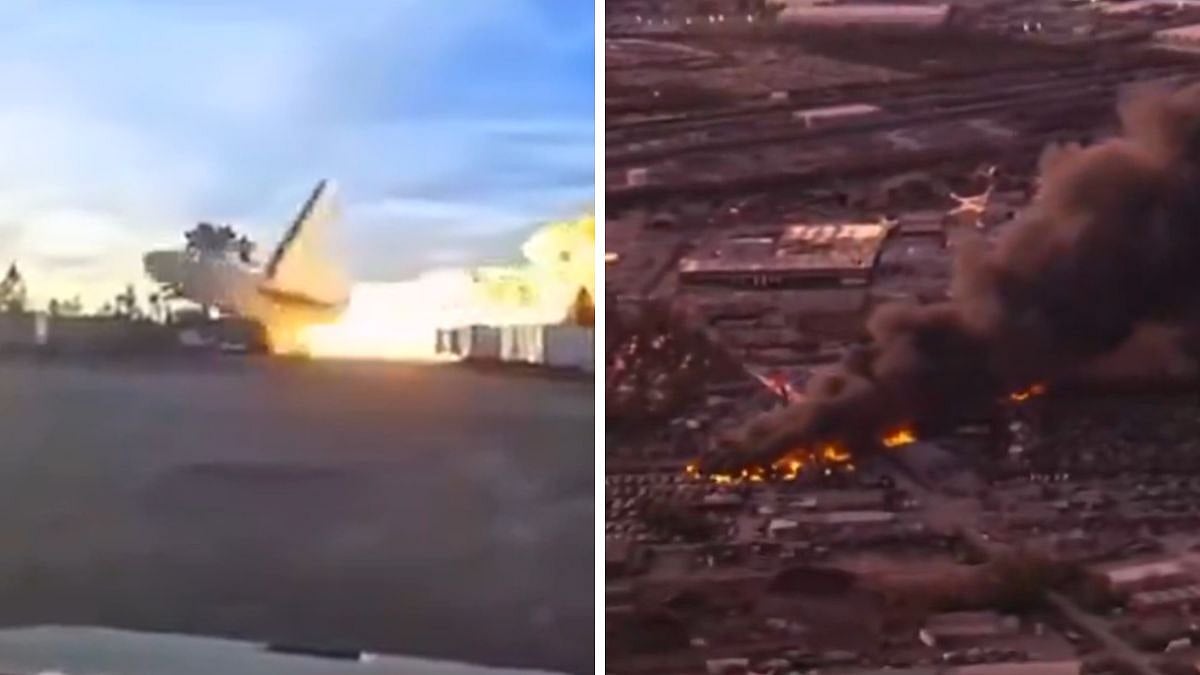Mumbai: The FPJ has scooped the joint inspection note prepared after preliminary investigation of the horrific Balasore train accident. According to the report (with a copy in possession of the Free Press Journal), ‘point failure’ is suspected to be the main cause.
The handwritten note signed by senior railway officials states that Coromandel Express was set to pass the station through the main line but was wrongly diverted on a loop line (where a goods train was already parked) due to ‘point failure’. In railway lingo, a ‘point’ is a junction of two railway lines that can be set to guide a train onto one of two alternative routes, or allow two lines to merge into one.
Bahanaga Bazar railway station, where the tragedy unfolded, has two main lines for trains to pass through without stopping, as well as two loop lines intended for trains that stop at the station.
Probe suspects technical error or lack of proper maintenance and negligence
According to the note, a huge gap was found in the point, suspected to have been caused by a technical error or lack of proper maintenance and negligence on the part of the railway staff. On condition of anonymity, officials said that the report, supported by data loggers, has indicated that the accident occurred due to a ‘point’ fault. No problems were found in the panel data for the switch or signalling system, making the incident all the more perplexing.
The impact of the collision at 130kmph caused the Coromandel Express coaches to scatter across the railway tracks, with the Yesvantpur-Howrah Superfast Express, traveling in the opposite direction on the Down line, further colliding with these coaches.
High level investigation ordered into the matter
The Centre has ordered a high-level investigation into the tragedy. It has also been revealed that the anti-train collision system Kavach was not available on the route. Sabotage has been deemed to be highly unlikely.
Coincidentally, just hours before the tragic collision, the railway ministry concluded a two-day brainstorming session on improving the efficiency of the Indian Railways. Among the topics discussed was the aim to achieve zero consequential accidents, those with significant human casualties, property damage, or disruptions to rail traffic.
Since his appointment as Minister of Railways , Ashwini Vaishnaw has been vocal about the modernization of India's railway network. His tweets have highlighted the upgrading of infrastructure, passenger amenities, and the introduction of the Vande Bharat trains. Vaishnaw has often credited Prime Minister Narendra Modi's vision and people-centric governance for these advancements.
"The devastating train collision in Balasore serves as a grim reminder of the ongoing challenges in ensuring the safety and efficiency of India's vast railway network. As investigations continue, it is hoped that thorough analysis and appropriate measures will be implemented to prevent such tragic incidents in the future" said a former railway officials.
Something 'Gadbad' revealed a audio clip
As per an audio clip of a conversation between a senior official of other zonal railway and an official of the Balasore traffic section, Coromandel Express rammed into the goods train in the loop line for which the point was set even though the signal was for the main line. The conversation revealed that the point was not set properly due to maintenance work at the spot. The Balasore official can be heard talking about "gadbad". Careless- ness on the part of the railway employees con- concerned is indicated, but the sabotage angle can be ruled out convincingly only after a thorough probe, officials said.
Confusion
"On a railway safety related website of in annual reports in Chapter -V page no.33 it is mentioned that No Action taken report by Railway Ministry on the 307 recommendation made by Commissioner of Railway Safety in 28 inquiries report since the year 2013 – 2014 is pending" said Samir Zaveri a city based railway activist.
Zaveri alleged that commissioner of railway safety states on its website that total 120 trains accidents during the year 2018 to 2020 and its inquiry held 76 train accidents due to error of working of Railway staffs.
Improve the infrastructure, says former member of railway board
In the wake of a tragic incident in Odisha questions are being raised about the suitability of Indian railway infrastructure to accommodate the semi high speed trains with speeds of 160 km/h. The incident has ignited a nationwide debate on the safety and readiness of the Indian railway network to handle high speed trains .
However, the accident has raised concerns about whether the existing railway infrastructure is equipped to handle the increased speeds. Experts argue that upgrading the infrastructure to match the velocity of semi high speed trains is essential to ensure the safety of passengers and prevent such tragic incidents.
"The preliminary investigation into the Odisha railway tragedy points towards a combination of factors that contributed to the derailment. It is suspected that a combination of human error, inadequate maintenance, and potential weaknesses in the infrastructure may have played a role. While investigations are still ongoing, this incident has emphasized the urgent need for thorough inspections, maintenance, and necessary upgrades to ensure the seamless operation of high-speed trains" said Subodh Jain former member of railway board.
The implementation of semi-high-speed trains in India has been aimed at reducing travel time and enhancing passenger comfort. However, critics argue that launching such services without the appropriate infrastructure and safety measures in place could be a recipe for disaster.
Experts emphasize that comprehensive planning and execution, including the strengthening of tracks, signaling systems, and other critical infrastructure, are vital to guarantee the safety of passengers.
"The Odisha railway tragedy has sparked a nationwide debate on the suitability of the Indian railway infrastructure for operating trains at speeds of 160 km/h. While the incident serves as a grim reminder of the challenges that need to be addressed, it has also brought attention to the pressing need for significant investments in railway infrastructure to ensure the safe and efficient operation of high-speed trains" further added Jain.










